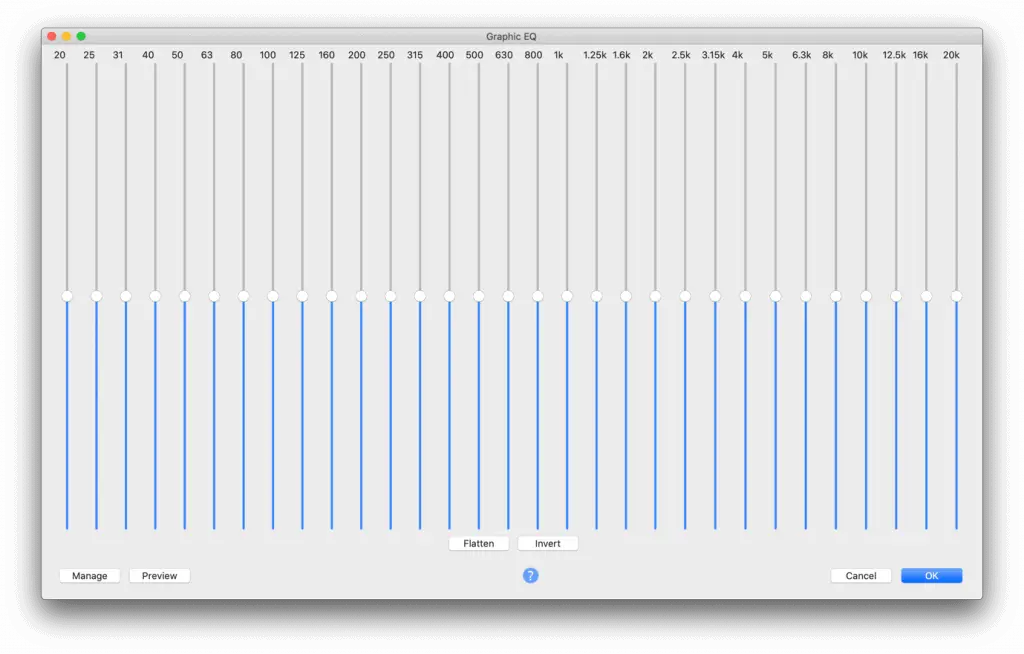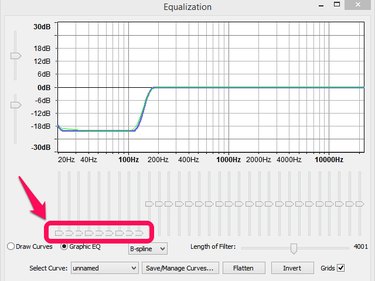
When EQing voices, we want to make small adjustments of 1-5dB to increase (boost) or decrease (cut) frequencies. Bands look like small bumps along the parametric EQ graph. We’ll make small changes in this range using “notches” and a technique called “sweeping”.Ī “notch” is what happens when we use a EQ “band” (as opposed to a high pass filter or another type of adjustment). If you feel any voices in your podcast sound thin or lack clarity, then you can make small adjustments in the low-mid frequencies (between 100-400 Hz) that can add in warmth or clarity.

In ReaEQ, you can move the Frequency slider left and right, manually enter a numeric value in the box, or click and drag the red circle to the preferred frequency.ĮQ Step 2: Boost or clarify voices by using notches and “sweeping” To figure out where exactly to place it, you can drag the circle way past 100 Hz and slowly move it left toward 0 Hz, noticing how the vocals will move from too thin to warmer while the background rumble is removed. To reduce rumble, you should set the high pass filter at around 75 - 100 Hz. Notice how the shaded region begins to drop off around 100 Hz. Bandwidth refers to how wide or narrow the effect will have from its position on the spectrum.

The Gain (either positive or negative) determines the increase or decrease of a certain frequency range (more on that in the next step). Frequency in Hz refers to the part of the spectrum the effect sits at (as visualized by the numbered circle). You can also purchase EQ plugins with more features or different UIs that will integrate with your DAW.ĭifferent EQs are laid out differently, but the settings usually have the same names. Most digital audio workstations (known as DAWs) come with a standard EQ plugin that you can use under the FX panel. This graph ranges from the lower rumbles of 50 Hz to the high-pitched sounds of 20kHz.

These days, many plugins are parametric equalizers, meaning they display a bell curve-like graph which dynamically represents a signal’s frequency. They can be analog, featuring a number of knobs that are reminiscent of music studios’ mixing boards. Equalizers look different depending on the plugin you’re using. We’ll cover the EQ steps that every podcast creator should be taking with their vocal tracks in order to achieve a better and more professional sound.ĮQ refers to the shaping of an audio’s sound through a process of boosting or cutting certain frequencies along the audio’s electronic signal. Today we’re explaining one of the most basic types of processing: equalization, or EQ. There are a number of post production effects, also known as FX, that can help you craft a more pleasing sound for your podcast.

With podcasts and any kind of audio, the raw sound you record is rarely going to be the end product that people hear.


 0 kommentar(er)
0 kommentar(er)
